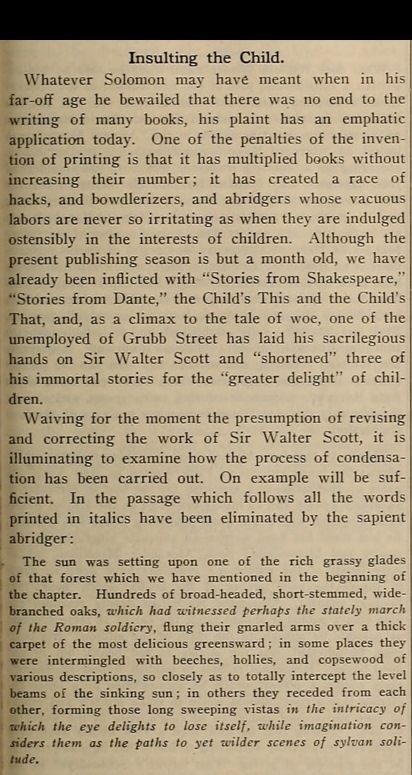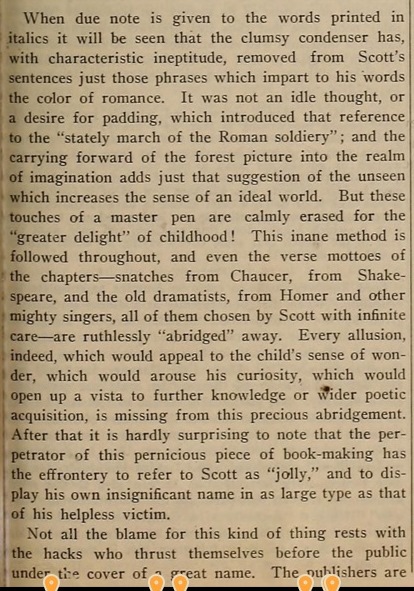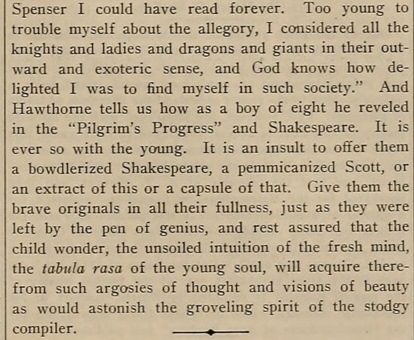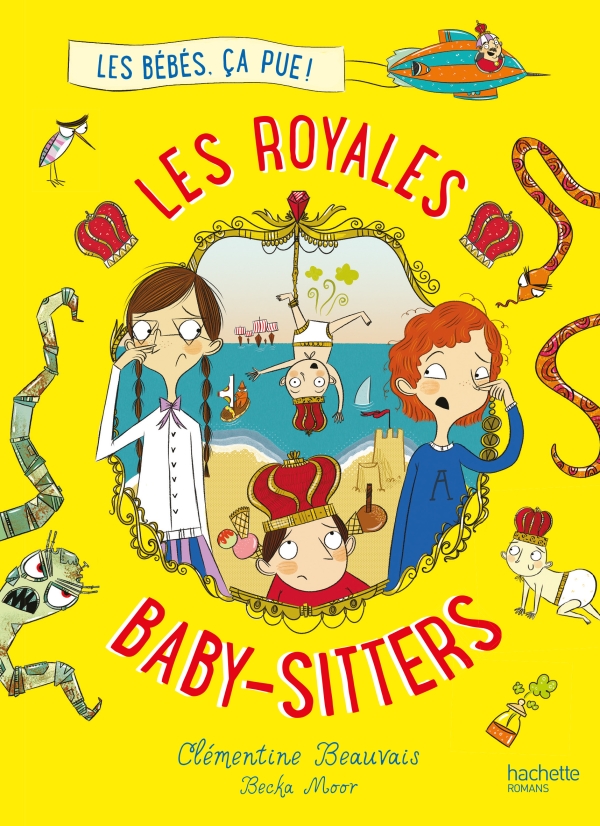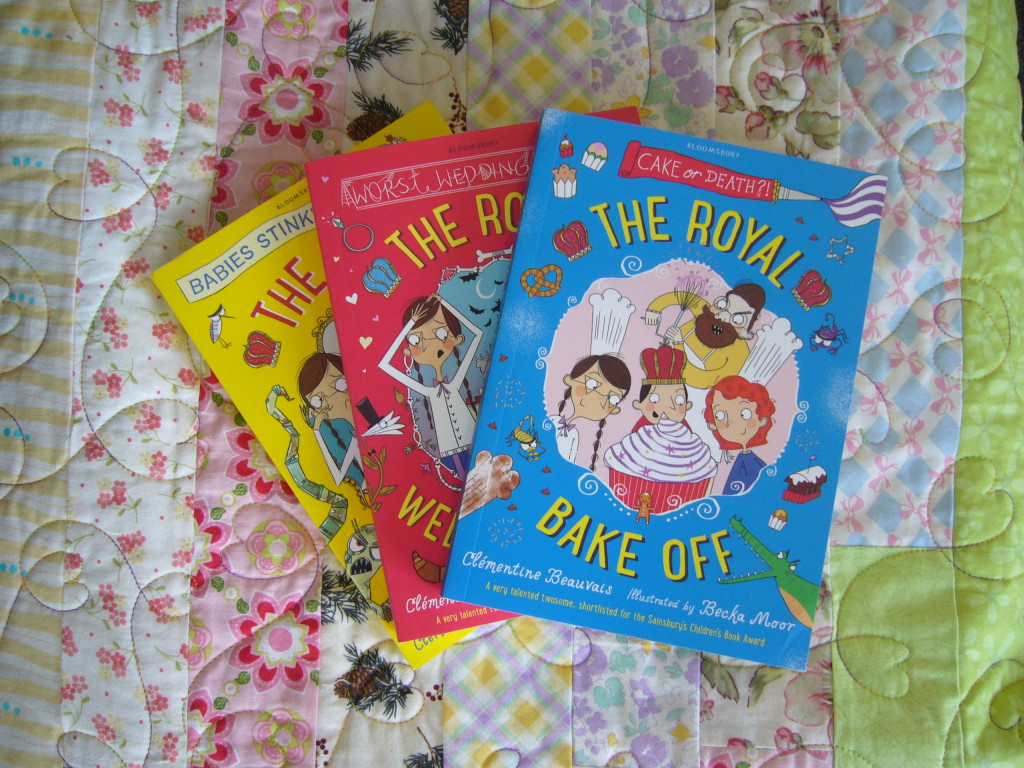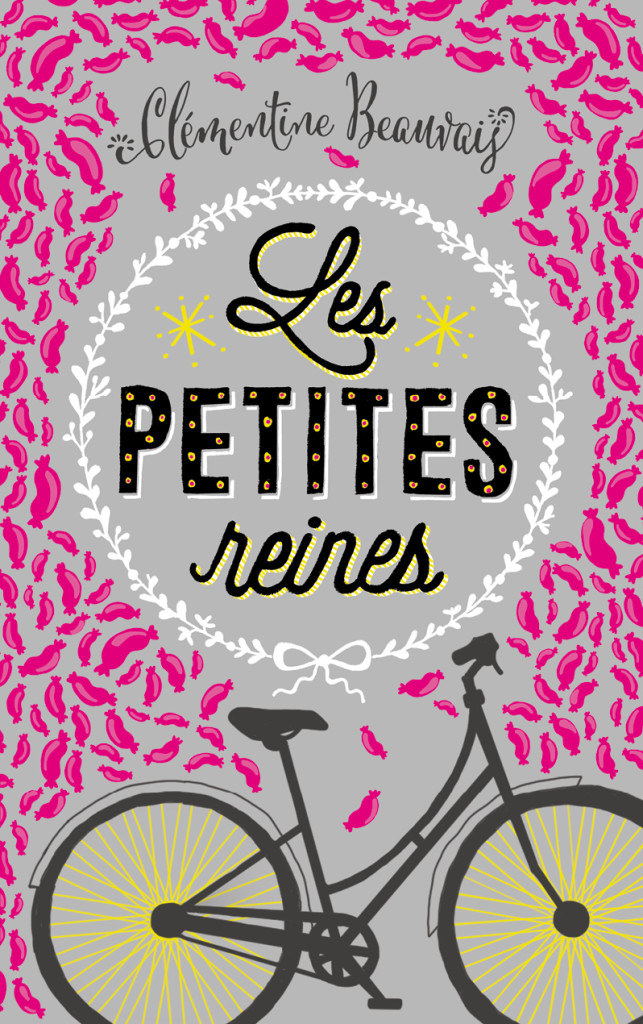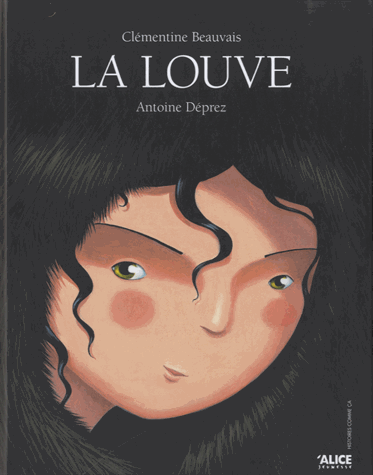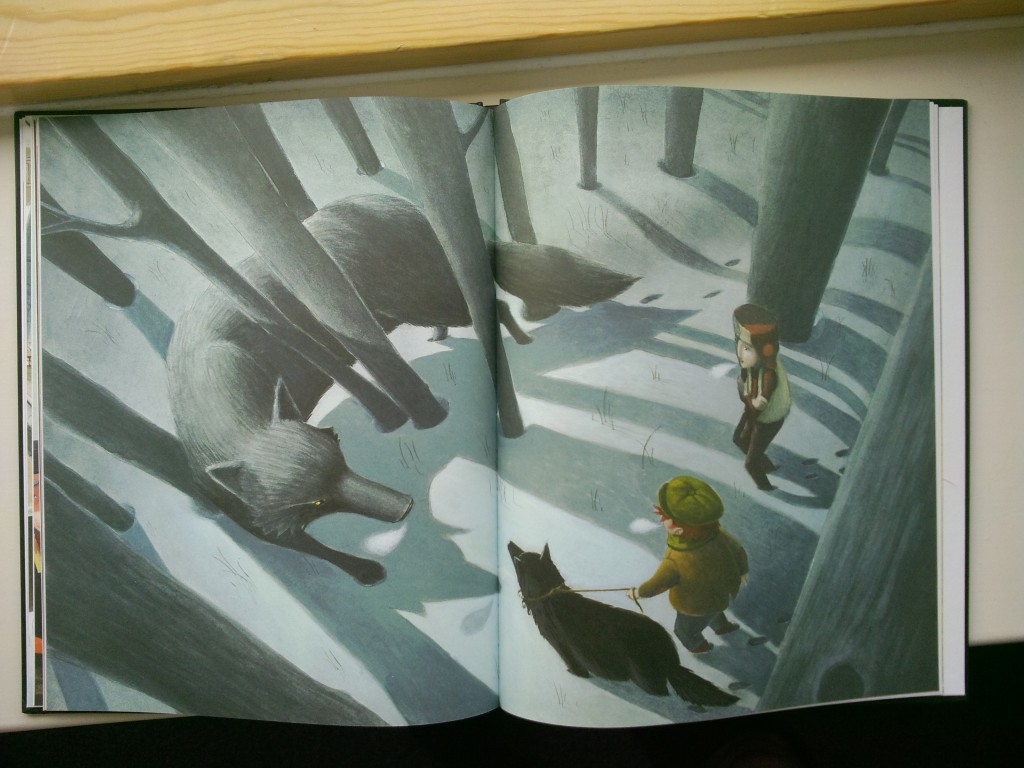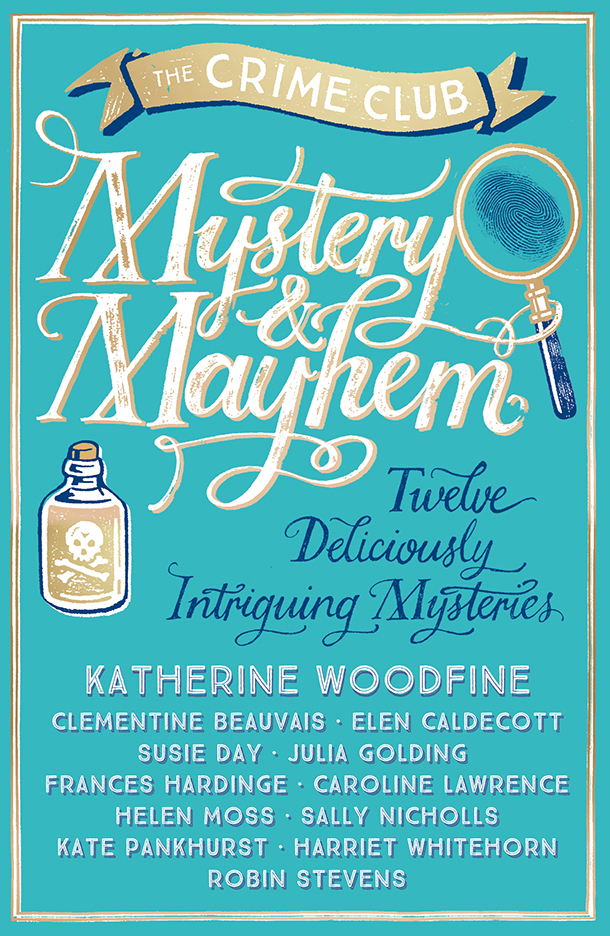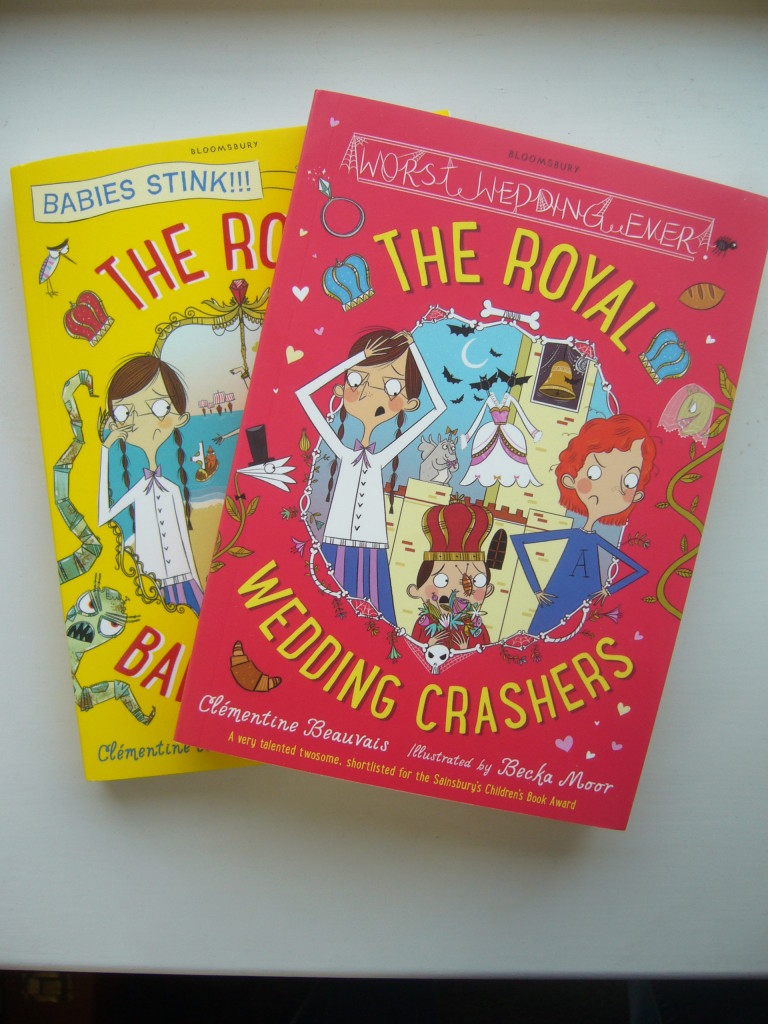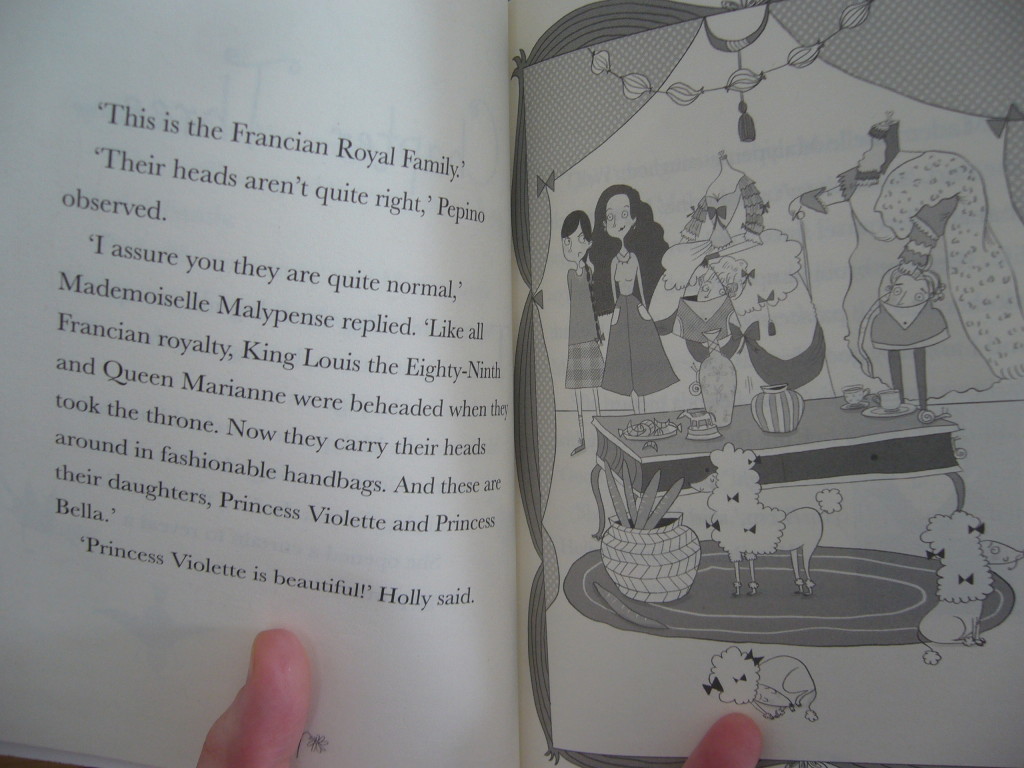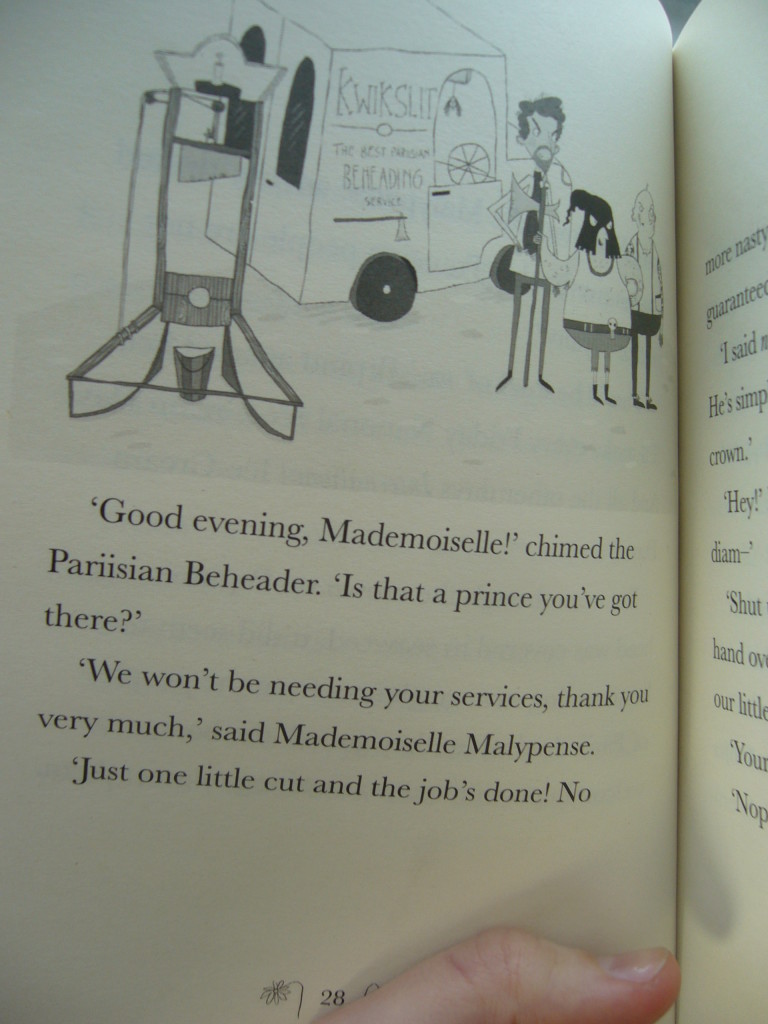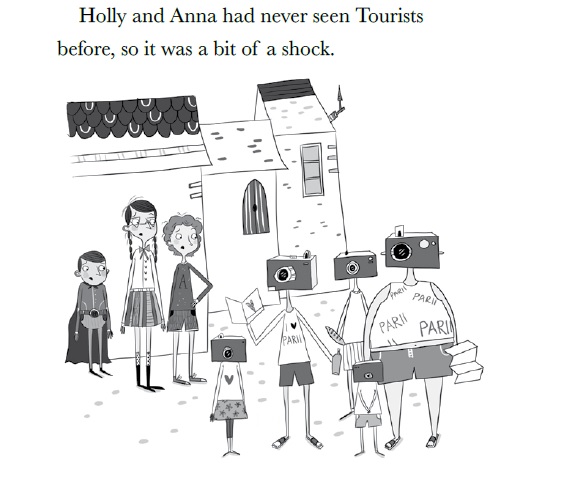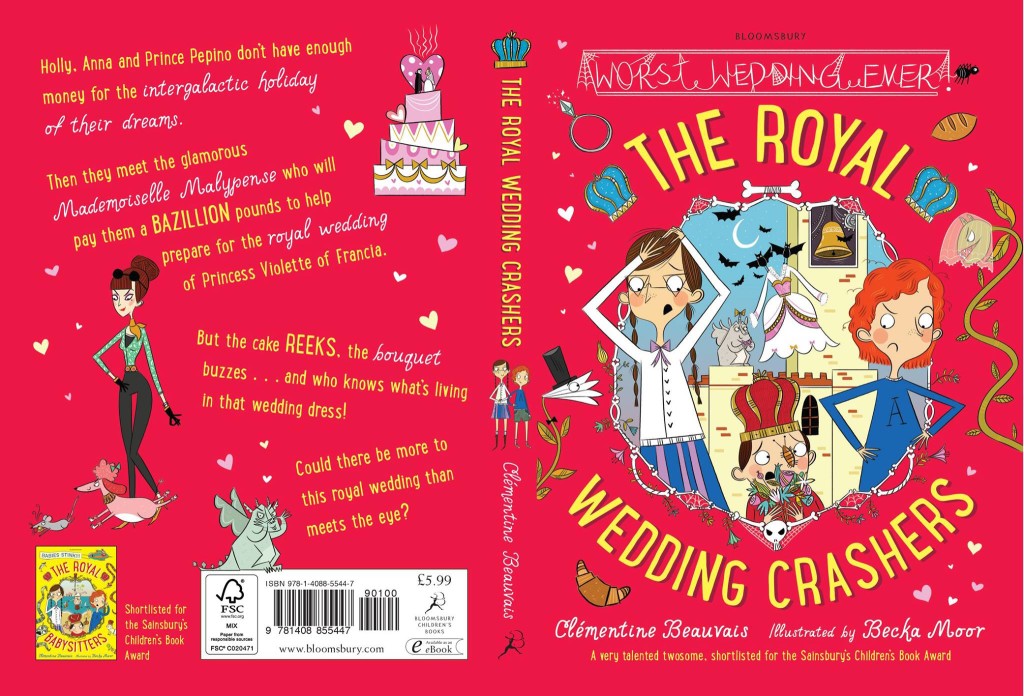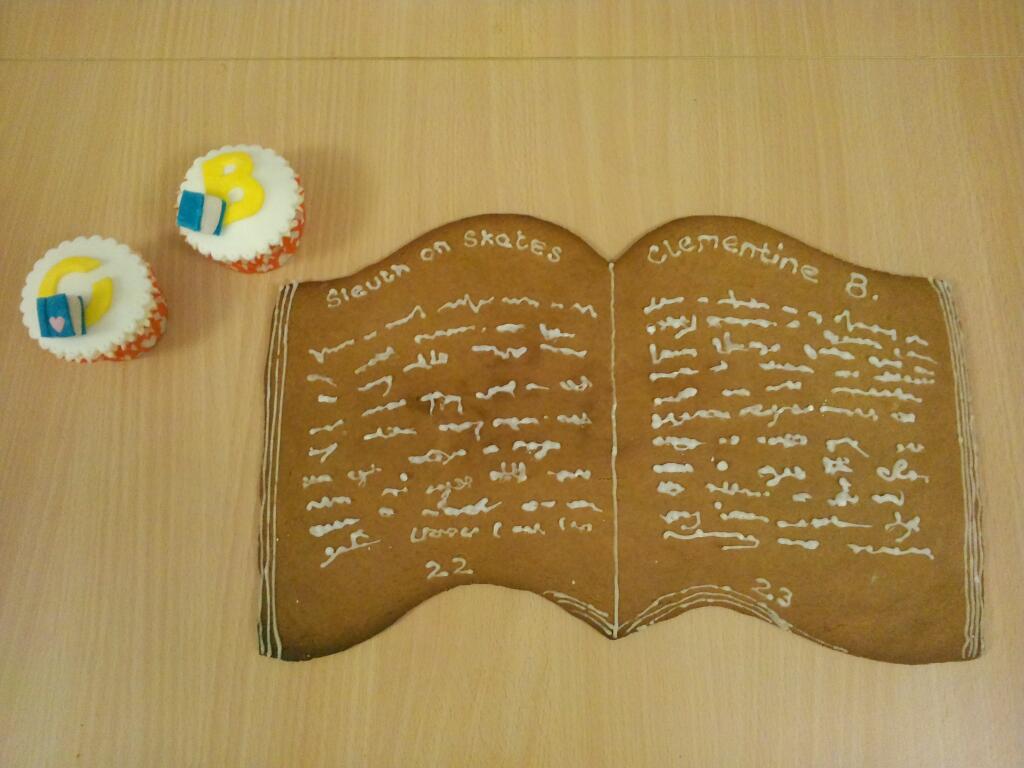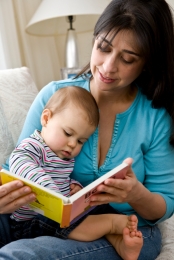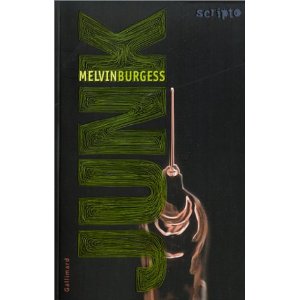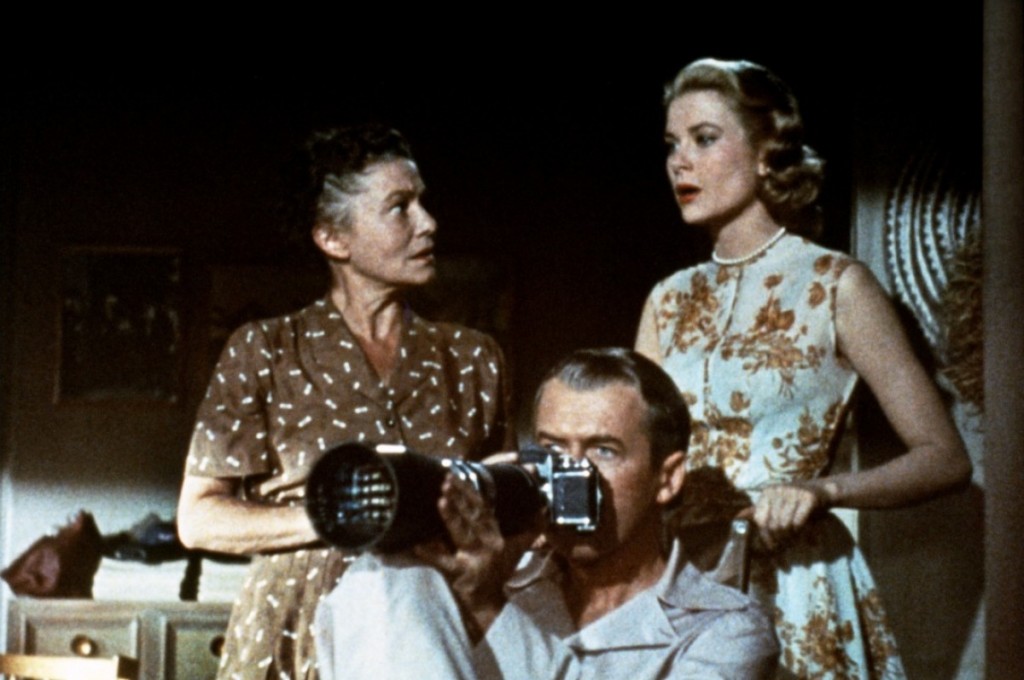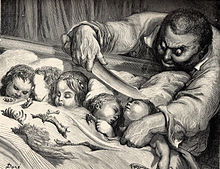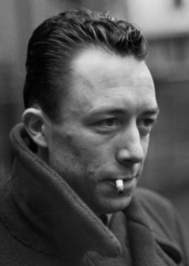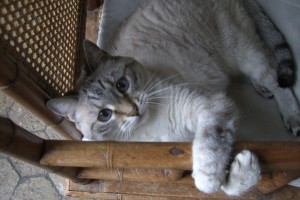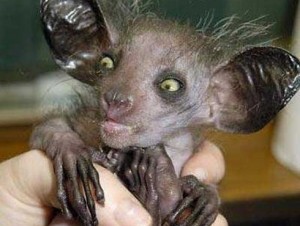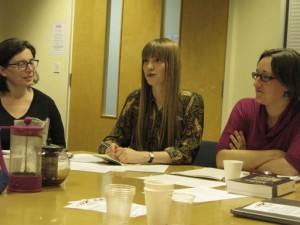Outreach, impact, open access – as academics, we’re constantly asked to make our research accessible to the general public, sometimes at great cost to us, whether in terms of time or of money. The latest obsession is with articles in open access. But I doubt many people who aren’t academics in the fields (and, to be frank, few people who are) would actually plough through many jargonny articles in their published form. Academic writing is hard; it makes assumptions about things you’re already supposed to know, because it mostly addresses people in the discipline.
So ‘opening them’ to everyone may be a start, but if few people can understand what’s in them and why it’s valuable without having at least done an undergraduate module on the subject, what’s the point? I’ve got absolutely nothing against jargon – people who are always complaining about academic jargon don’t realise that they all have jargon too in their own professional lives, which simply becomes transparent because they’re familiar with it. Jargon is just a battery of terms that make sense to people who know them. It’s not evil, it’s useful. But it is exclusive, by definition, and to make something ‘accessible’ you need to strip it of jargon – which means going through everything that lies underneath those terms again.
A nice solution to ‘open access’ that would actually make articles accessible – not just downloadable to your computer, but actually understandable –would be for academics to produce, every time they publish an article or a book, a jargon-free, simple summary of what it’s ‘about’, which readers could read to whether or not the article itself is accessible. Interesting exercise, too… I’ll try to do it here.
________________________________________________________
I’ll start with an old-ish article of mine, ‘The Problem of ‘Power’: Metacritical Implications of Aetonormativity for Children’s Literature Research’, which was published in Children’s Literature in Education in 2012. (The link goes to the journal website, which won’t help you if you don’t have access, I know.)
Let’s begin with…
1. The Title
(Yes, Massive Jargon Alert.)
‘The problem of power’: whatever comes before the colon can generally be ignored. It’s here for decoration, and will all make sense later.
‘Metacritical’: this is a term we use to mean that we’re being critical about our own critical practice. E.g: if I study a Jane Austen text, I’m doing criticism. If I study a whole body of critical texts about Jane Austen, I’m doing metacriticism. Yes, it may sound crazy to study ‘what other people have said about Jane Austen’, but it’s a major way of progressing as a discipline.
So here when I’m talking about ‘metacritical implications’, it means things we need to take into account when doing further criticism.
‘Aetonormativity’: This is children’s literature-specific jargon. I’ll get back to it soon.
‘Children’s literature research’: referring here to the literary study of texts written for children.
So the title means that there’s something about the concept of ‘aetonormativity’ – which I explain below – which should make us cautious when we analyse children’s books.
2. What’s the situation?
The article revolves around the concept of ‘aetonormativity’. Aetonormativity is a term invented by major children’s literature scholar Maria Nikolajeva and developed in her book Power, Voice and Subjectivity in Literature for Young Readers (2010). She’s written about it on her blog here, but I’ll sum it up here too:
Aetonormativity means the existence of an age-related norm: in this case, the norm of adulthood. In the Western world, when I say ‘a person’, this person will probably spring to your mind as an adult. Our society is organised with a vision of the ‘normal’ individual as an adult – from sizes of bus seats to the provision of special ‘child-friendly’ spaces (no one needs to tell you that the street is ‘adult-friendly’). Children, who are not yet adults – not yet ‘normal’ – cannot work, drive or vote, and they get special rights too and special protection. Children are the ‘other’ – here ‘other’ is academic jargon to mean a deviation from the norm.
Nikolajeva’s invention of the term is specifically in relation to children’s literature. In texts for children, she says, there is always an assumption that adulthood is the norm and that the child is ‘other’. Children are portrayed as lacking, as not-adults: not-working, not-sexual, not-mature, etc. Children’s texts are thus, most of the time, aetonormative.
Two important things here:
1) This term is inspired from other theories, in particular queer theory, which says that, in our society, heterosexuality is seen as the norm and homosexuality as the ‘other’ sexuality. It comes from a long history of research in other fields trying to highlight problematic power positions: Marxism, feminism to name only a couple.
2) Nikolajeva isn’t the only scholar to think that children’s literature is almost always aetonormative (= presents adulthood as ‘norm’ and childhood as ‘other’). This idea had been steadily growing in children’s literature research since the 1980s.
3. What’s the ‘problem’?
The ‘problem’ comes from the fact, as I see it, that many pieces of research which focus on the aetonormativity of children’s literature (= on the fact that it presents adulthood as a norm) tend to conclude that it means that children’s literature reinforces adult power. What I argue in the article is that we can (and indeed should) accept the general aetonormativity of children’s literature, but not conclude that it systematically disempowers the child.
This needs to be unpacked a little bit. Outside of the adult-child relationship, in most cases, the link between power and norm is quite logical. Being the ‘other’, the ‘different’, the ‘not-normal’, puts you in an underprivileged position. If you’re still surprised when you hear of a female CEO, it’s because you don’t take it fully for granted that women should be CEOs; because the ‘normal’ CEO implicitly comes to your mind as a man. Women need to overcome greater obstacles than most men in order to become CEOs, from individual to institutional prejudice.
However, what I argue in the article is that the child-adult relationship is not the same as the relationship between adult women and adult men, or between able and disabled adults, or between adults of different ethnic or socioeconomic backgrounds. They certainly have features in common, but also central differences.
4. What makes it specific?
As I argue in the article, adults and children have different time frames, different temporalities, associated to them by culture, language, representations.
In brief: adults are of course powerful in some sense because they have a lot of ways of controlling children, and their power stems greatly from the fact that they’ve been alive for longer: they’re said to have ‘experience’, ‘authority’, ‘responsibility’, etc. However, and this is what I’m arguing, children are also perceived as powerful by adults – even though we may not want to recognise it – because they have a longer time left to them to act.
So perceptions of children by adults are associated with a vocabulary, metaphorical or not, which does express a specific kind of power: ‘potential’, ‘hope’, ‘promise’, etc. That power is future-bound, turned towards ‘tomorrow’, while adults draw their specific symbolic force from the fact that their time past is longer.
And too often, in research, the term ‘power’ is used to encompass everything – as if adults had all the dominance and children had nothing. Hence ‘the problem of power’. By using the term ‘power’ without defining it (and I say in the article that it’s rarely defined), we obscure forms of child power.
There are other differences between adult and child powers, I’m sure, but from my perspective this is the one that interests me: the difference in temporality which leads to different kinds of power.
I call adult power ‘authority’ and child power ‘might’, or potential – a power for the future, in opposition to the adult power which comes from the past.
I should say that this difference is to a great extent socially constructed, which means that there’s little about it that’s ‘natural’. Instead, this difference is mostly symbolic, having been fabricated, so to speak, by culture and society. Sure, children are factually younger than adults, but that doesn’t necessarily mean that they should be perceived as having more potential. For instance, at a time when children often died before their twelfth birthday, it might not have been as prominent to think of them as full of potential.
5. OK, so children will (probably) live longer than adults and therefore are seen as having more potential; so what?
Well, firstly, it’s important to say that this difference – however basic it may sound – is actually not articulated that often in research, at least not to the extent that we can truly see that it’s a kind of power that the child has. Maybe because it’s seen as self-evident, but perhaps also because – as I argue in the article – well… maybe because we quite like, in fact, to think of us adults as more powerful.
Here’s the contradiction: the more we deplore that children’s literature is oppressive for the child and shows adult power over children, the more we manage to convince ourselves that it’s true – and the less we’re able to see child-specific forms of power.
Our positions as researchers are important here: we’re all adults. And we need to be conscious that it’s seductive for us adult researchers to keep repeating that adults are in power and children aren’t. Maybe we’re trying to avoid saying that actually, like most adults, we are a bit in awe of what children can do in the future and we can’t (because, to be brutal, we’ll be dead while they’re still alive).
So, in short, what I’m saying in the article is that aetonormativity (= the norm of adulthood) doesn’t lead necessarily to an excess of adult power, because there may be an ‘other’ power, that of the child (‘might’, ‘potential’). So when we talk of children’s literature as aetonormative, we must be careful not to obscure the child’s share of power; because, in the case of the adult-child relationship, it doesn’t necessarily follow that the ‘other’ is also ‘disempowered’.
This is where the article stops, but it’s a statement piece which accompanies all my later work, in particular in my academic book, which is coming out in January. In that book, I build up on the distinction between ‘might’ and ‘authority’ and I show how children’s books which apparently express adult ‘power’ actually make space for the child’s unpredictable action, his or her ‘potential’, in the future.
_______________________________________________
Phew! That was much harder than I thought it would be. It’s interesting because I thought that, since the idea at the centre of the article is quite simple – ‘children also have power, you know! They will be alive when you’re dead!’ – it would be the easiest of my articles to summarise. But no – it’s difficult to get there without having to go through everything in literary and cultural theory since the 1960s… and also without talking about children’s literature theory and criticism since the 1980s. I probably also made assumptions about a number of things – childhood and adulthood as constructed categories, for instance – which I shouldn’t have.
I might do a few more of those and see how it goes.
